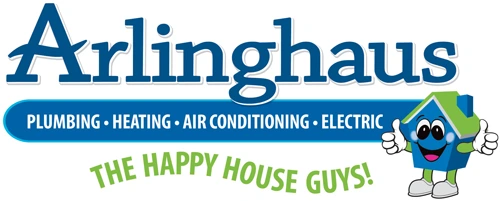If you went back in time 150 years and tried to explain to people you met that you had a system in your home that took heat and humidity out of the air, they might think it was magic. Given how effortlessly your air conditioner functions, with minimal adjustment on your part, you can almost understand how someone could believe that. It clearly is a masterful piece of machinery. By understanding how it works, you can appreciate your choice in staying energy efficient while you keep your home cool.
Your Air Conditioning System
In order for your home to avoid getting too hot and uncomfortable during the summer, your air conditioner needs two fundamental parts: cooling and air handling. Without cooling, the system would just cycle room-temperature air throughout the home over and over again. Without air handling, there would be no air supply from which the cooling system could remove heat.
The Cooling Process
Air conditioners rely on both technology and chemistry to cool your home, using a chemical, called the refrigerant, that easily converts from a gas to a liquid and then back again, your air conditioner is able to draw the heat from inside your home and transfer it outside.
Once the air has had the heat removed, there has to be a component to the system that cycles the cool air through the home. The air handling unit (AHU) takes care of this process. The AHU draws air through the air filters to remove dirt and allergens, across the evaporator coil for cooling, and then uses a blower fan to force the air through the ductwork.
A furnace also requires similar equipment in order to move and warm the air, so the evaporator coil for your air conditioner may use your furnace like an AHU. If you do not have a furnace, or if you rely on a heat pump to transfer warm air throughout your home during the winter, you probably have a specific air handling unit for the heat pump and air conditioning system.
Measuring Energy Efficiency
Although most central air conditioning systems work very similarly, their efficiency can be vastly different—especially if you have a system that’s more than a decade old. The U.S. Department of Energy claims that replacing an air conditioner that is 12 years old with an appliance that merits the Energy Star label could shave as much as 30 percent off your cooling costs each year. The following efficiency ratings help you determine which ones will give you the biggest bang for your buck.
EER
Since air conditioners and heat pumps run on electricity, gauging efficiency isn’t as simple as measuring how much fuel is used to operate equipment as you would with a furnace. Instead, initial efficiency measures put a system through a series of tests that would determine the amount of energy consumed by a specific air conditioner model to cool the home from an average outdoor temperature of 95 degrees. This rating is called the Energy Efficiency Ratio (EER).
SEER
Over time, researchers realized that they needed a different way to look at efficiency for air conditioners. After all, average temperatures can vary widely. The amount of energy required to cool a home in the southeast would be different from the amount required to cool a home in Alaska, for example, even if the homes were the same in every way—right down to the air conditioner.
The Seasonal Energy Efficiency Ratio (SEER) starts with an average cooling load based on various outdoor temperatures in the summer, ranging from the 60s to over 100 degrees. The seasonal consumption of energy derived from those numbers provides the SEER rating. Because they take such different measurements, SEER and EER ratings are not considered exchangeable or uniformly better than the other. You should use both to determine the most efficient system for your needs.
For split system air conditioning, units must have a SEER rating of at least 15 and an EER rating at a minimum 12.5 to achieve the Energy Star designation.
When you think about it, your air conditioner is a pretty cool device. For surprisingly little effort, the air conditioning system works together to provide you with better cooling at an ideal level of energy efficiency.


